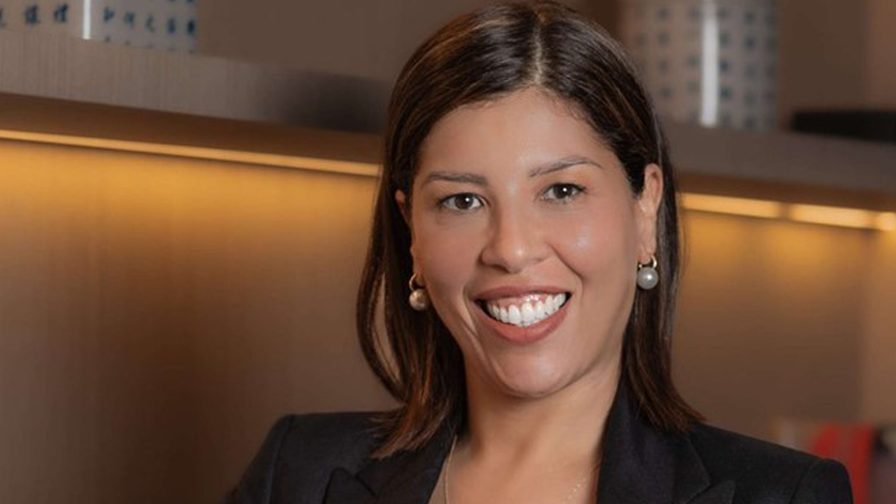Defining tomorrow’s global trade through ecosystems
The future of trade finance must be about reach – learn more about how banking the ecosystem is critical to orchestrating the new economy.

This article was originally published in The Digital Banker.
A chain is only as strong as its weakest link. However robust the anchors at either end, a single point of weakness can reverberate across continents. Recent shocks – from the pandemic to geopolitical conflicts and tariff shifts – have made one truth undeniable: the model of banking global trade must evolve.
The past few years have been a brutal stress test: a pandemic that froze production, wars that rerouted shipping lanes, tariffs that upended flows overnight. Every shock has exposed the same vulnerability – that the resilience of global trade hinges not on the anchors, but on the sprawling ecosystem beneath them.
And here’s the problem: that ecosystem is, according to the IFC, underbanked to the tune of USD2.5 trillion. Second-tier suppliers in Southeast Asia, mid-sized trucking firms in Africa, regional distributors in Latin America – if they collapse, the impact cascades all the way back to the anchors.
It’s time global banks admitted a hard truth: financing only the few at the top is not just exclusive, it’s risky.
From banking one to banking many
The future of trade finance must be about reach. Not just serving the global multinational companies but enabling the thousands that feed into them. That means rethinking models, embracing technology, and being bold about financial inclusion.
At Standard Chartered, we have already seen how this works. Our distributor finance programmes extend credit to dozens of distributors at once under a single structure. In China, through a third party partnership, we have tokenised invoices and proven our ability to push financing down to the 13th tier of a supply chain – proof that the tools exist to go deeper and broader than ever before.
But ecosystems don’t just stop at suppliers and distributors – they include the banks that serve them. Local and regional banks are the lifeline for SMEs across emerging markets, yet they often lack the capital to finance at scale. That’s where global institutions play a crucial part. For example, through traditional or sustainable variants of financial institutions trade loans, regional lenders can avail crucial funding, enabling them to extend credit deep into their own client bases – from textile producers in Bangladesh to logistics firms in Kenya.
Trade distribution goes further still, allowing banks to syndicate risk and recycle capital across the industry. This multiplies capacity, reduces concentration and ensures that liquidity flows into the parts of the ecosystem that need it most. In effect, banking banks is another way of further banking the ecosystem – banking the many.
This isn’t charity. It’s smart risk management. It makes anchors stronger, gives smaller companies cheaper and more reliable access to capital, and injects transparency into notoriously opaque supply chains. It’s also a powerful lever to drive ESG: when anchors, corporates or banks, know their suppliers’ or clients’ financing is linked to sustainability practices, change happens faster.
The speed bumps – and the way forward
None of this is easy. Technology platforms still don’t fully interoperate. Legal frameworks are lagging or are at various stages of maturity – only 5 per cent of global bills of lading are digital despite the technology being ready years ago. Progress is uneven.
But momentum is building. More countries are adopting laws like the Model Law on Electronic Transferable Records (MLETR), unlocking digital trade documents. ISO 20022 is finally coming into force, bringing richer data and more confidence for lenders. And distributed ledger technologies are proving they can scale beyond pilots into cross-border platforms.
The direction of travel is set. We at Standard Chartered are committed to support our clients and accelerate this journey.
The choice for banks
Anchors will always matter, but they cannot stand alone. If global banks continue to primarily serve only the top tier, they risk undermining the very flows they depend on. If instead we leverage technology and further strengthen public-private partnerships and collaboration to expand our reach to the many – the ecosystems that keep anchors alive – we can play our part in bridging the finance gap, build resilience, and help rewrite the rules of trade for the better.
Explore more insights
Trade distribution: Regulation, resilience, and renewal
Nicolas Langlois, Global Head of Trade Distribution, discusses how trade distribution has evolved over the years…